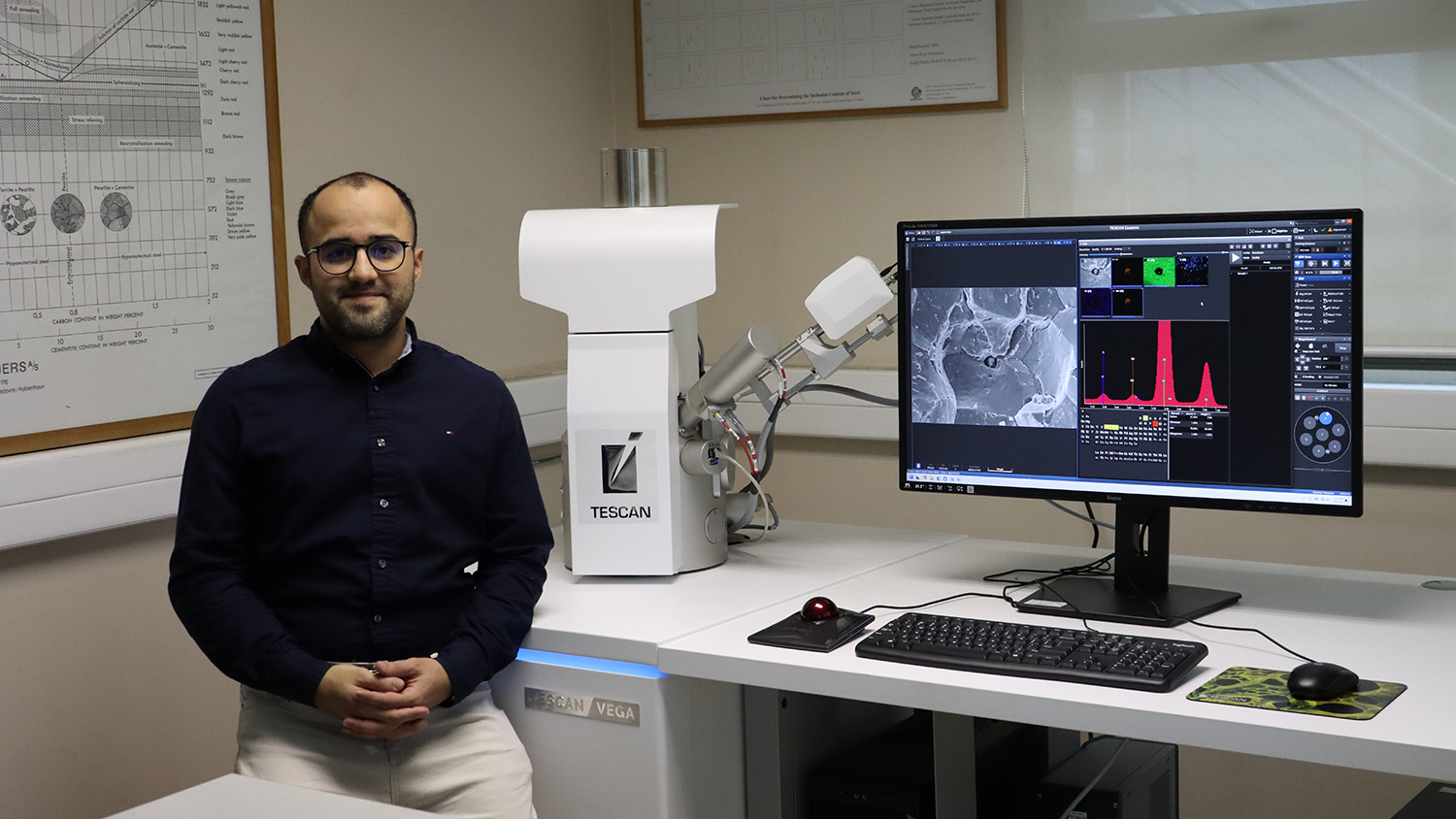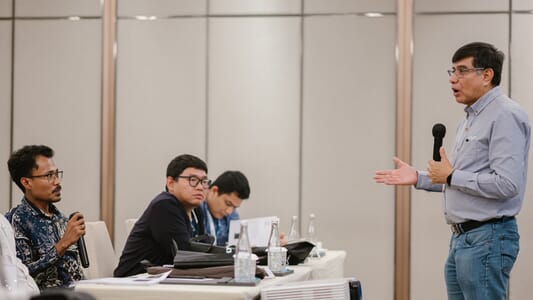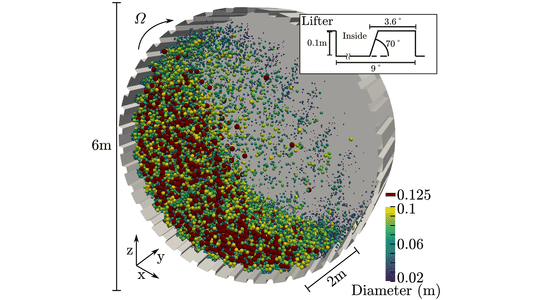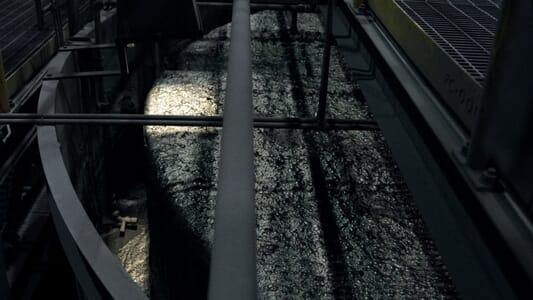Molycop unveiled a breakthrough in grinding media quality assurance at Procemin-Geomet 2025, where Metallurgical Lab Engineer Carlos Garcia presented new research on an enhanced capability of the BMAT.
Key Facts
- The research promises to reshape product development and performance testing across the grinding media industry.
- The study reveals how the BMAT can detect subsurface forming defects in grinding balls early in the test cycle – flaws that traditional QA methods often miss.
- Using highly abrasive quartz media, the BMAT exposed accelerated wear linked to spalling, providing new insight into wear performance.
Carlos presented the findings in a presentation co-authored with Dr Hamid Pourasiabi, Principal Tribology/Metallurgy Engineer – Innovation, titled A New Capability of the Ball Mill Abrasion Test (BMAT) for the Grinding Media QA Process.
The study addresses a long-standing challenge in the industry: how to detect performance-related defects in grinding balls early – before they’re placed in service or shipped to customers.
 The challenge with current QA methods
The challenge with current QA methods
In abrasive milling environments, the wear performance of grinding balls directly influences mill throughput, energy consumption and costs. Molycop’s current quality assurance process includes visual inspections, chemical analysis, hardness testing and microstructural evaluation. These tools are essential for confirming product quality at a material and structural level.However, they don’t reveal how grinding balls will perform under real-world operating conditions. While field tests like the Marked Ball Wear Test (MBWT) provide performance insights, they aren’t always practical for evaluating the effects of process changes or new materials quickly and efficiently.
A new role for the BMAT
The Ball Mill Abrasion Test (BMAT) is a laboratory procedure designed to simulate industrial milling environments. Typically used for product benchmarking, the test has now shown potential to support real-time quality control in manufacturing.In the study, Carlos and Hamid used the BMAT to evaluate grinding balls produced from steel bars supplied by different vendors. The tests were conducted using quartz, a highly abrasive media, to replicate aggressive wear conditions. The results showed an initial accelerated wear rate driven by spalling – a form of surface failure linked to subsurface defects.
These defects, which appeared around the poles of the balls, are likely introduced during the forming process. Because they are beneath the surface, they aren’t detectable by standard QA methods. But the BMAT, under a specific test design, revealed these flaws early in the test cycle.
A practical breakthrough
The discovery of this new BMAT capability opens up new possibilities for quality control at Molycop and across the grinding media industry.By integrating BMAT into the quality assurance process, Molycop can:
- detect forming-related defects before a product is released
- benchmark steel bar suppliers and validate material changes
- assess how process adjustments (e.g. heat treatment or composition) affect wear performance
- reduce variability and risk in production
- deliver even higher consistency and performance for customers.
 Sharing insights with the industry
Sharing insights with the industry
Carlos’s presentation at Procemin-Geomet 2025 provided attendees with a close look at the BMAT test methodology, the data and the broader implications for grinding media manufacturing.It’s a clear example of how combining deep technical expertise with practical experimentation can unlock new value for both Molycop and its customers. And it shows that even well-established testing tools like the BMAT can still evolve to meet the growing demands of modern mining operations.







